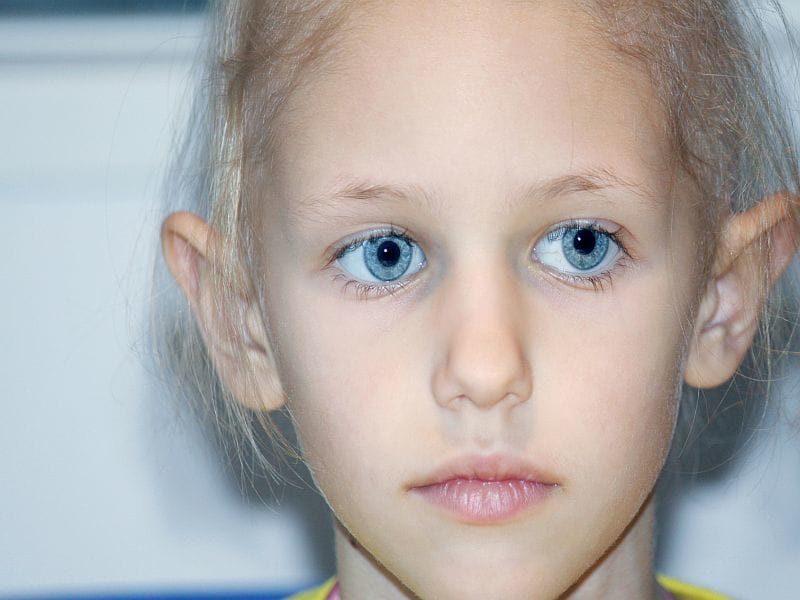TUESDAY, June 18, 2019 (HealthDay News) — Cancer survival has improved among adolescents and young adults (AYA), but survival disparities are reported, according to a study published online June 12 in JNCI Cancer Spectrum.
Diana J. Moke, M.D., from the Children’s Center for Cancer and Blood Diseases at Children’s Hospital Los Angeles, and colleagues studied site-specific AYA survival trends and disparities using California Cancer Registry data from 1988 to 2014. Five-year overall survival improvement was compared for AYAs versus other age groups.
The researchers found that AYAs demonstrated survival improvement for all cancers combined that exceeded all other age groups, mainly due to a decrease in HIV/AIDS-related cancer mortality. Cancer stage was the strongest predictor of death (adjusted hazard ratio, 6.32 for distant versus localized). Compared with non-Latino whites, blacks, Asian/Pacific Islanders, and Latino whites had significantly higher adjusted hazard ratios of death (1.46, 1.12, and 1.06, respectively). The risk for death was also significantly higher for those with low versus high socioeconomic status (adjusted hazard ratio, 1.31). Over time, survival disparities by stage, race/ethnicity, and socioeconomic status worsened.
“These results are important because they highlight that, while there has been gratifying progress resulting from nearly three decades of well-deserved emphasis on AYA cancer resulting in closure of the AYA survival improvement gap, challenges involving cancer biology and therapeutics, treatment delivery, and health care equity remain,” the authors write.
Abstract/Full Text (subscription or payment may be required)
Copyright © 2019 HealthDay. All rights reserved.



